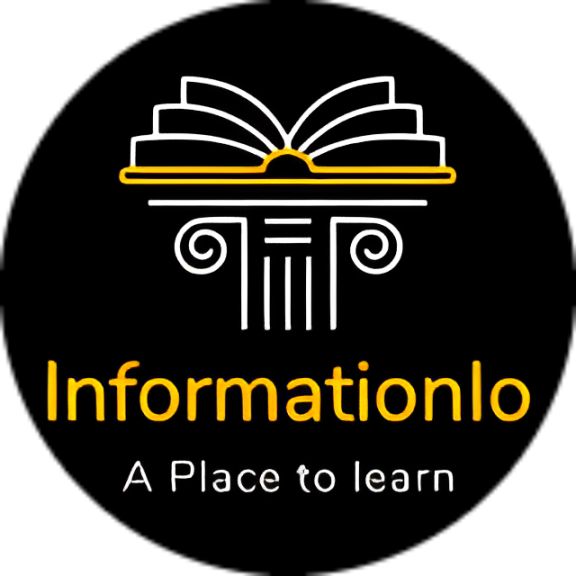Remote Patient Monitoring: Healthcare Beyond the Hospital Walls
Remote patient monitoring (RPM) is transforming healthcare by enabling continuous monitoring of patients’ health status outside of traditional clinical settings. Using digital technologies, RPM allows healthcare providers to collect and analyze patient data remotely, facilitating proactive interventions, improving chronic disease management, and empowering patients to take an active role in their health.
How RPM Works:
RPM systems typically involve the use of wearable devices, home-based monitoring equipment, and digital platforms to collect and transmit patient data to healthcare providers. This data may include vital signs, such as blood pressure, heart rate, oxygen levels, and blood glucose levels, as well as other health metrics depending on the patient’s condition. Healthcare providers can remotely monitor this data and identify trends or changes that may indicate a need for intervention.
Benefits of Remote Patient Monitoring:
- Improved Chronic Disease Management: RPM allows for continuous monitoring of chronic conditions, such as diabetes, heart failure, and COPD, enabling early detection of exacerbations and timely interventions, leading to better disease control and reduced hospitalizations.
- Enhanced Patient Engagement: RPM empowers patients to take a more active role in managing their health by providing them with real-time data and insights into their condition. This can lead to increased self-awareness, better adherence to treatment plans, and improved health outcomes.
- Reduced Healthcare Costs: By preventing complications and reducing hospital readmissions, RPM can lead to significant cost savings for both patients and the healthcare system.
- Increased Access to Care: RPM expands access to care for patients in rural or underserved areas, those with limited mobility, or those facing transportation challenges.
- Improved Quality of Life: RPM can improve quality of life for patients with chronic conditions by allowing them to manage their health more effectively and maintain their independence.
Applications of RPM:
- Chronic Disease Management: Monitoring conditions such as diabetes, heart failure, COPD, hypertension, and asthma.
- Post-operative Care: Monitoring patients remotely after surgery to detect complications early on.
- Medication Management: Ensuring medication adherence and monitoring potential side effects.
- Mental Health: Monitoring mood and symptoms for individuals with mental health conditions.
- Maternal Health: Remotely monitoring pregnant women and providing prenatal care.
Challenges and Considerations:
- Technology Access and Literacy: Ensuring equitable access to technology and digital literacy skills is crucial for widespread adoption of RPM.
- Data Privacy and Security: Protecting patient privacy and ensuring the security of health data are paramount concerns in RPM.
- Reimbursement and Regulations: Variations in insurance coverage and state regulations regarding RPM can pose challenges.
The Future of RPM:
As technology continues to advance and healthcare systems evolve towards value-based care models, RPM is expected to play an increasingly significant role in healthcare delivery. Integration with artificial intelligence, machine learning, and other digital health technologies will further enhance the capabilities of RPM and its impact on patient care.
Remote patient monitoring offers a transformative approach to healthcare, empowering patients, improving chronic disease management, and reducing healthcare costs. By embracing RPM technology, we can create a more proactive, patient-centered, and efficient healthcare system that extends beyond the walls of traditional clinical settings.
FAQs:
1. What types of devices are used for remote patient monitoring?
RPM devices include wearable sensors (e.g., fitness trackers, smartwatches), blood pressure monitors, glucometers, pulse oximeters, weight scales, and other home-based monitoring equipment.
2. How is patient data transmitted in RPM?
Patient data is typically transmitted wirelessly through Bluetooth, cellular networks, or Wi-Fi connections to secure platforms accessible to healthcare providers.
3. Who can benefit from remote patient monitoring?
RPM can benefit individuals with chronic conditions, those recovering from surgery, those needing medication management, and those seeking to improve their health and well-being through self-monitoring and proactive care.

